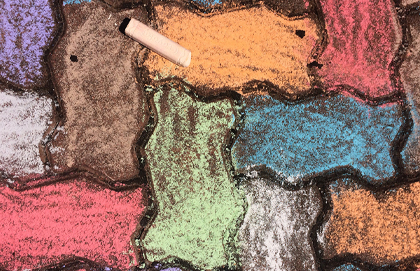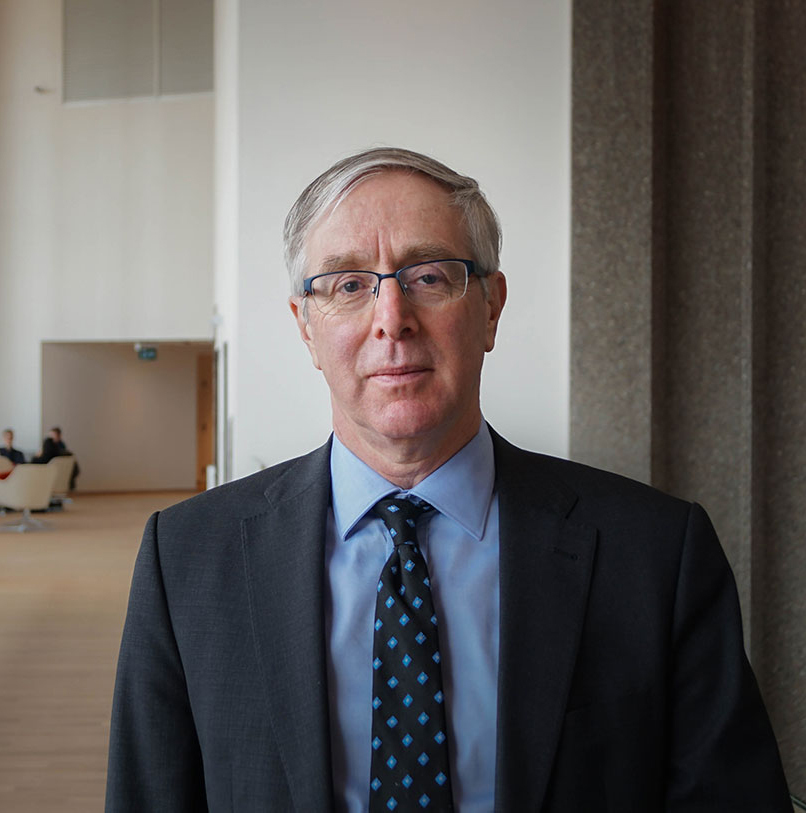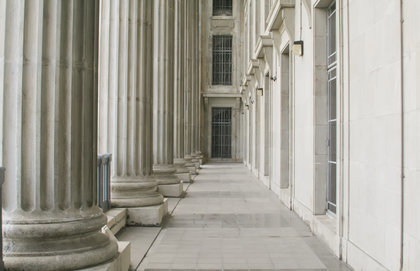In compelling testimony to a House of Commons committee, my colleague Andrew Bennett argued Canadians must let diversity be difference rather than a slippery euphemism for forced homogeneity.
To paraphrase Andrew’s words, while diversity might be our strength in an idealized way, it has unfortunately become a practical strong-arm tactic for those pursuing particular forms of political uniformity.
“Too often in our country these days we either shy away from engaging our fellow citizens or we engage them in a confrontational way, often via the perceived anonymity of … the profoundly disconnected world of social media. This is emblematic of an increasingly uncommon life, and it is not sustainable,” he told the Heritage Committee studying Motion 103, which grapples with reducing religious intolerance in Canada.
“A common civic life without debate and encounter between us is no civic life at all,” he cautioned.
Indeed, he said, such contested civic encounters can be the greatest opening possible to combat intolerance provided they engage a populace, however varied, that is steeped in charity. Loving our own, not losing ourselves in amorphous identity mush, is foundational to learning genuine love of neighbor.
A new book by the philosopher and New Urbanist Lee Hardy underscores that truth not just as elevated principle but also at the sidewalk level. It is literally by living, and especially walking, in varied neighborhoods that we learn to practice the civic necessity of charity. Hardy’s The Embrace of Buildings: A Second Look at Walkable City Neighborhoods provides, in fact, a handbook for developing such practice.
Fittingly Hardy, a professor of philosophy at Calvin College in Grand Rapids Michigan and an advocate for the New Urbanist movement since the 1990s, does so by cautioning us that the work required cannot be left to dirigiste city planners. Nor can necessary recovery be predicated, he says, on the short attention span theatre timelines that created the problem in the first place.
“The built environment can at best provide us with a fitting stage for human life and positive forms of civic involvement, social interaction and mutual support” Hardy concludes. “But just as a great stage cannot guarantee a great performance, so the finest urban structures cannot guarantee a well-functioning human community. It is up to us to play our roles – investing our time and energy in human relations and civic institutions.”
That urge to investment – not just involvement – of time and energy comes as a coda to detailed, personable, and sometimes personal chapters on how North American cities reached their current deplorable state of disconnection from what Hardy calls 6,000 years of “the cumulative wisdom of building the human habitat.” The greatest part of that damage, he stresses, occurred from the mid-19th century to the very late 20th century. While some of it was obviously an outcome of industrialization and rapid economic growth, the most destructive emerged from the convergence of modernist top-down planners and government policy makers who deliberately sought to separate people by economic status and, yes, race. Intolerance might be something that needs eradication from the human heart, but it also needs to be expunged from the deep structures of our cities.
In U.S. cities particularly, though Canadians have no room to be smug, everything from zoning laws to federal mortgage backstops, were consciously oriented for decades toward keeping white neighbourhoods white, and blacks from moving in next door. Likewise, it was not purely the price mechanism that kept social classes apart, either.
“It is tempting to think that the current reality of our built environment is the simple result of pristine market forces. But such is not the case,” Hardy writes.
He cites the actions of the U.S. Federal Housing Administration (FHA) in the early 1930s that began a long-term trending of favouring suburban development over repair and renewal of older inner-city housing stock. Even Roosevelt’s New Deal, so beloved of generations of liberals, “promoted social separation by race, class and ethnicity in the name of sound investment.”
Residential areas were colour-coded to the advantage of white middle-class professionals. “If such residential areas were ‘infiltrated by Jews,’ they were dropped to (a lower) rating.” No surprise, areas with a preponderance of blacked fared even worse.
“In its appraisal system for determining housing value, the FHA downgraded traditional urban neighborhoods that were old, dense and contained non-residential elements such as offices and retail establishments.
“It also downgraded neighborhoods harboring ‘inharmonious racial or nationality groups. Until 1948, the Underwriting Manual advocated use of restrictive covenants…prohibiting sale of homes in predominantly white neighborhoods to black families.”
Hardy’s point goes beyond the rightful condemning of such racist attitudes and abuses of power. What both evils contributed further to, he argues, was acceleration of the shift toward increasingly private, and therefore disconnected, lives. Through a multitude of policies and approaches that emptied urban space of meaningful exchange, and created suburbs filled with cul de sacs of isolation, the very civic encounters referenced above by Andrew Bennett became unimaginable and, worse, all but physically impossible.
The foundational political problem comes, Hardy writes, when “communities close themselves off and lose the experience, commitments, and skills necessary to meet the challenges of civic life. We lose the ability to relate to those not like us. Urban sociologist David Brain puts it this way: ‘The erosion of meaningful public space by suburban development…is part of what has become a trained incapacity for public life.’”
None of this suggests everyone must move en masse from the ’burbs to 500 square foot condos in the more bohemian blocks of Sesame Street. What it does mean is that for the sake of both our cities and our civics, we must cease relying upon quick fix solutions (e.g., “replica downtown” developments in the exurbs; resolutions condemning religious intolerance in the House of Commons) and begin the hard, slow work of creating places of encounter where difference and disagreement can be charitable as they are real.
Andrew Bennett calls it regaining a real civic life by renewing the possibility of real debate. Lee Hardy calls it “fixing holes (for) the repair of creation.”
“This is indeed the work of a lifetime,” Hardy says in The Embrace of Buildings. “And the fixing of our built environment – the wise redevelopment of our cities, the retro-fitting of our suburbs, the reconfiguration of dead malls, the redesign of our streets…the creation of fine and fitting places for the support of civic life – surely this will be the work of several generations.”
With not one slippery euphemism for forced homogeneity needed by any of them.
Convivium means living together. We welcome your voice to the conversation. Do you know someone who would enjoy this article? Send it to them now. Do you have a response to something we've published? Let us know!






